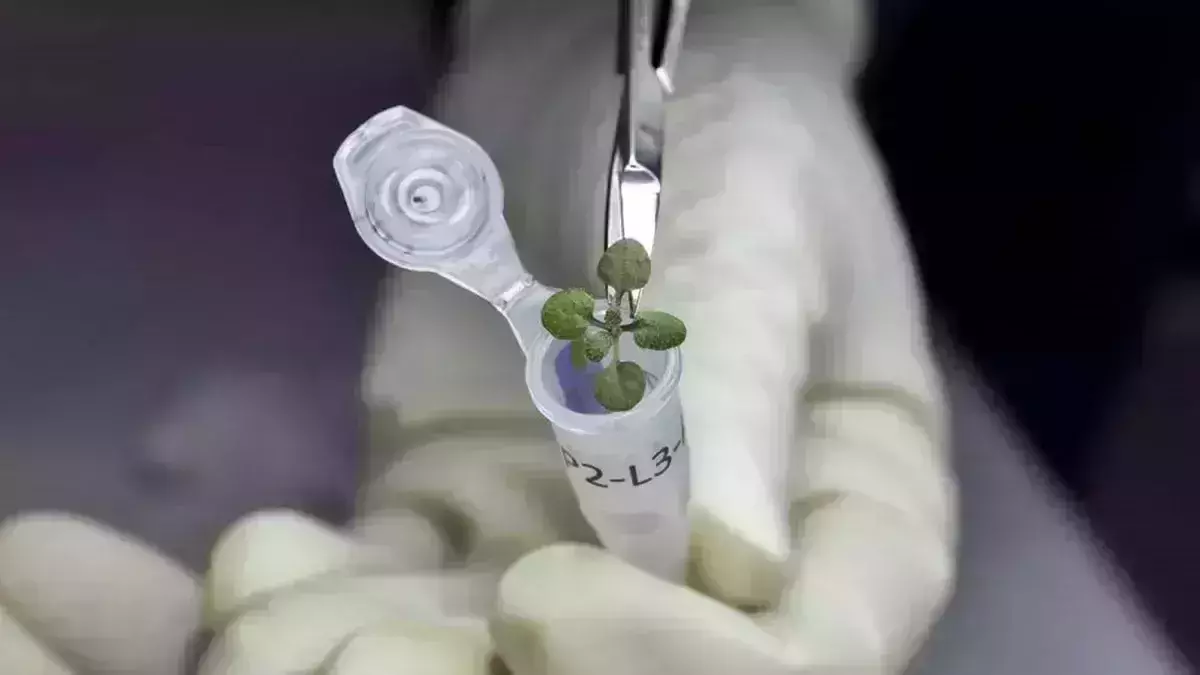
Plants can grow on Moon, a study proves the wild idea possible
text_fieldsNew Delhi: The dry soil of Moon is not altogether against life, proves scientists at the University of Florida for the first time.
They have grown on the barren lunar soil the plant Arabidopsis thaliana, which is native to Eurasia and Africa, according to NSA.
The wispy plant, which is a relative of greens and cruciferous vegetables including broccoli, cauliflower, and Brussels sprouts, is raised on the lunar soil brought by Apollo mission.
Lunar soil, also known as regolith, is nutrient-poor which makes it usually hard for plant life.
The scientists pulled off the success nearly fifty years after the soil samples were recovered.
The discovery, according to Nasa Administrator Bill Nelson, is crucial to NASA's human exploration goals. In order for the future astronauts to live and operate in deep space, resources on the Moon and Mars have to be used for food, Nelson said.
The research, he added, could help understand how plants might overcome stressful conditions in food-scarce areas.
The study could spur scientists who are trying to answer if plants could grow on regolith.
It proves to an extent that lunar soil is cultivable; however, the plants grown on lunar soil were not as robust as those on Earth soil. Indeed they grow in a lunar stimulant made from volcanic ash, says a report.
For each plant scientists gave only a gram of regolith brought by Apollo 11, 12 and 17 missions. After adding water and then seeds to the samples, they put the trays holding the seed into terrarium boxes.
To go with it, they added a nutrient solution daily and two days later the seeds started sprout—to the astonishment of the scientists.
After harvesting the plant 30 days later, the scientists studied their RNA, which revealed that plants were under stress but reacted as they usually do to grow in harsh environments.























